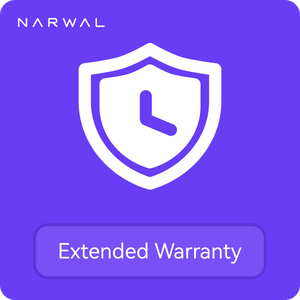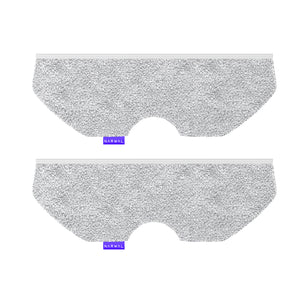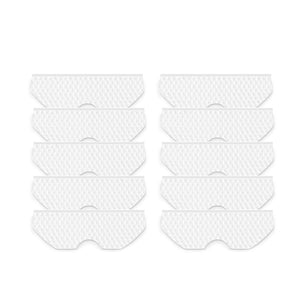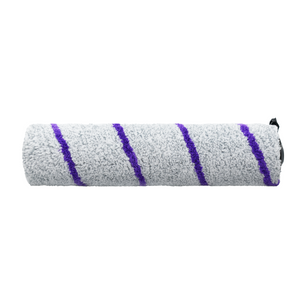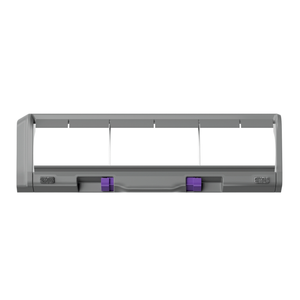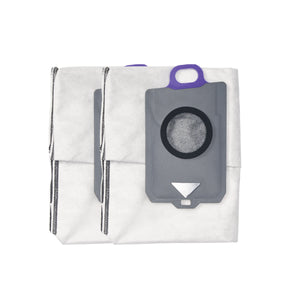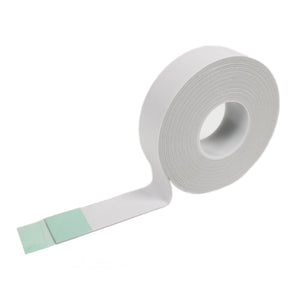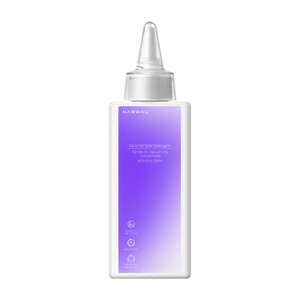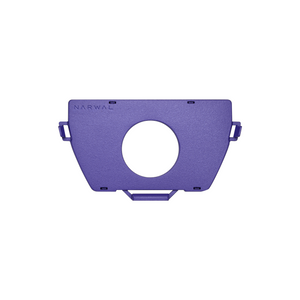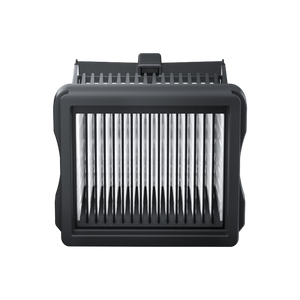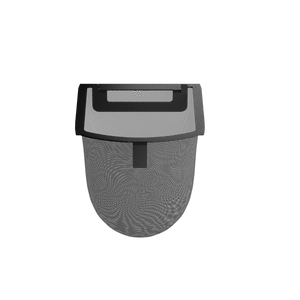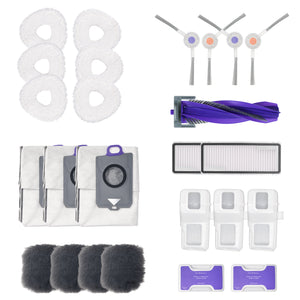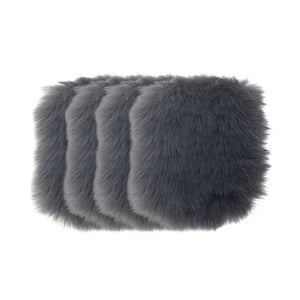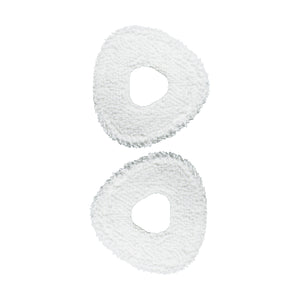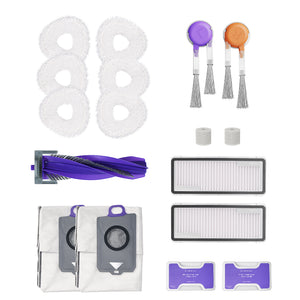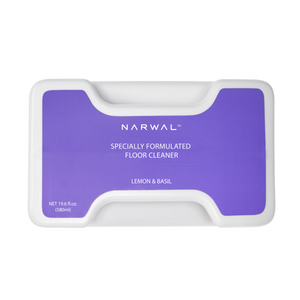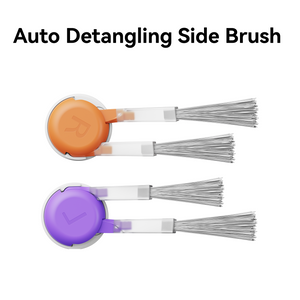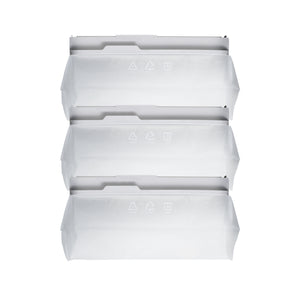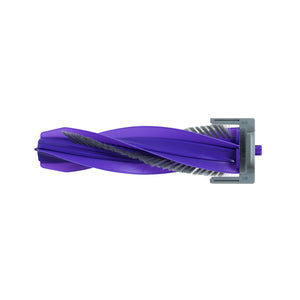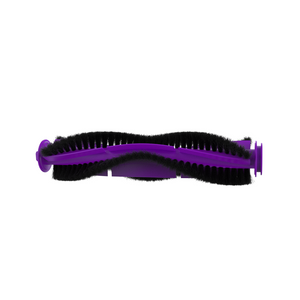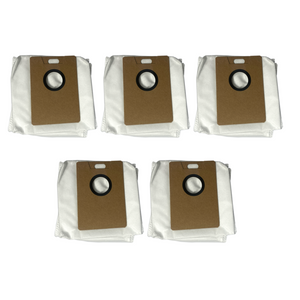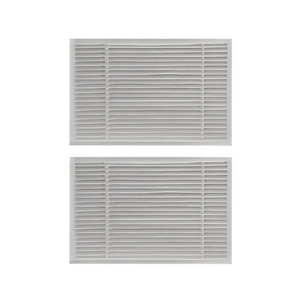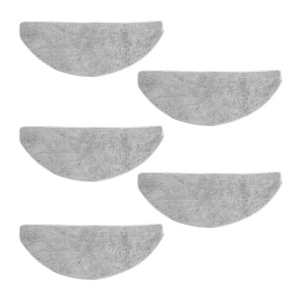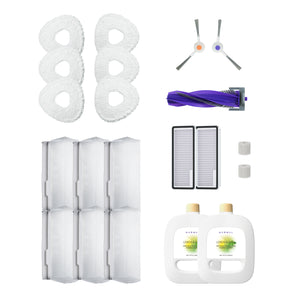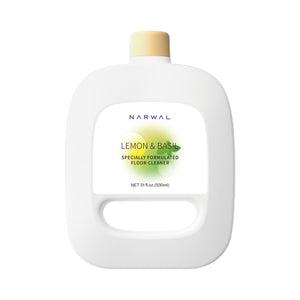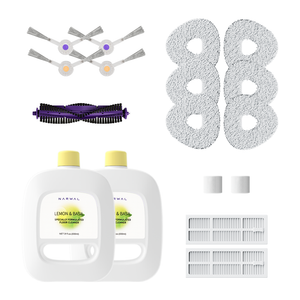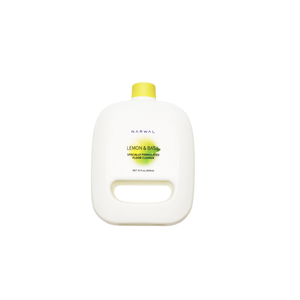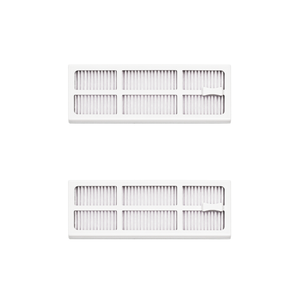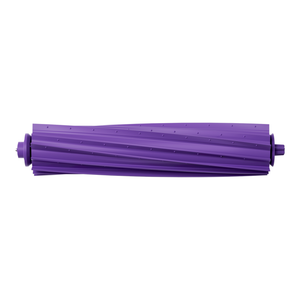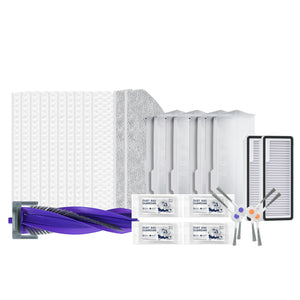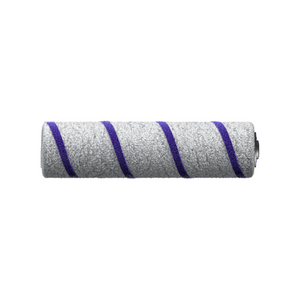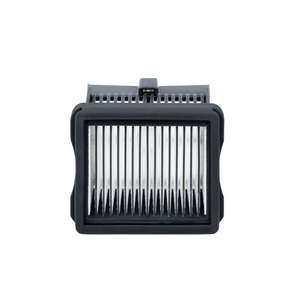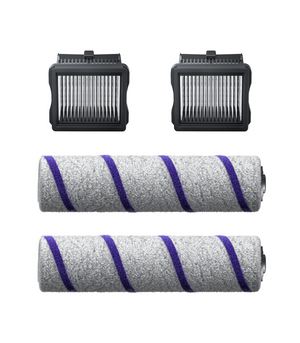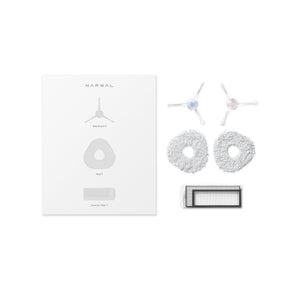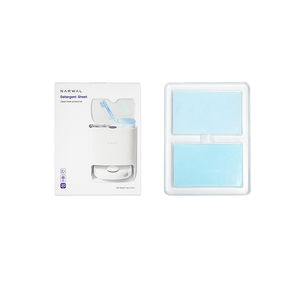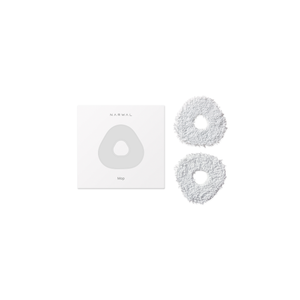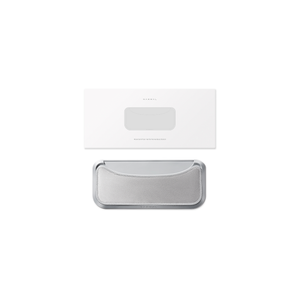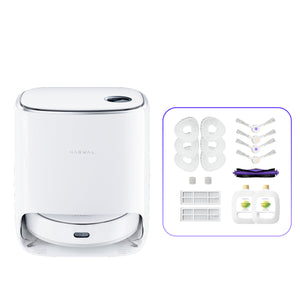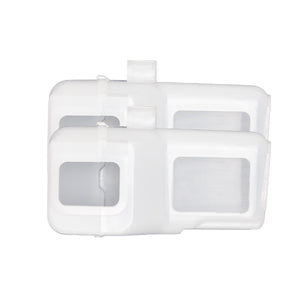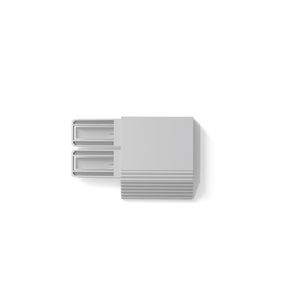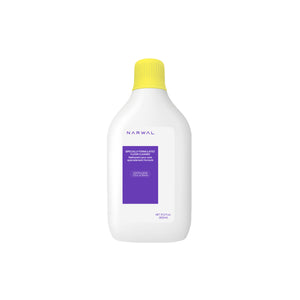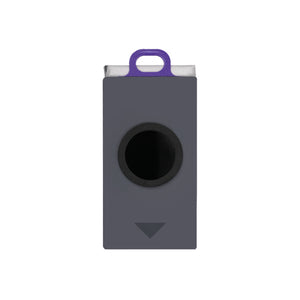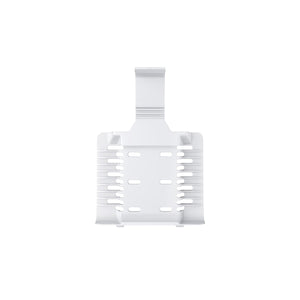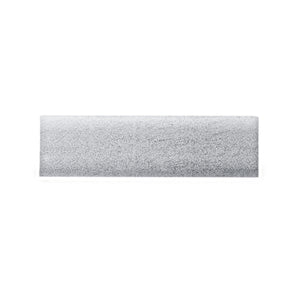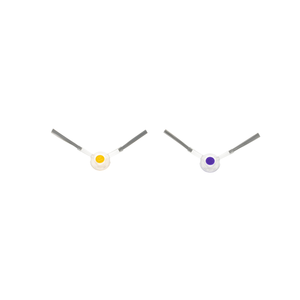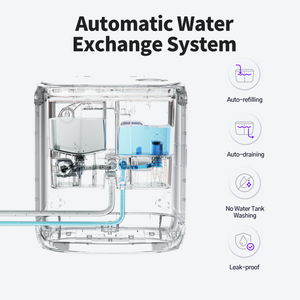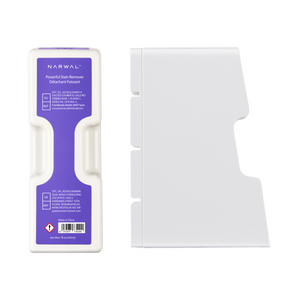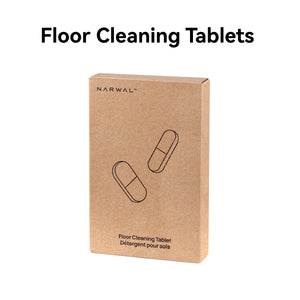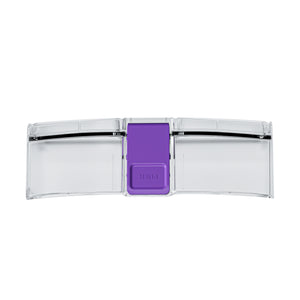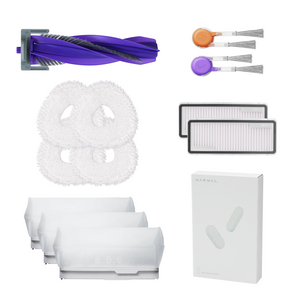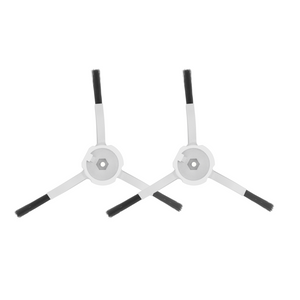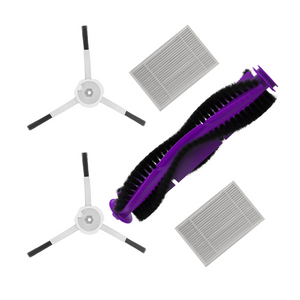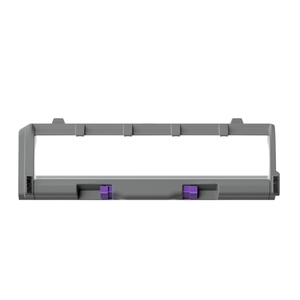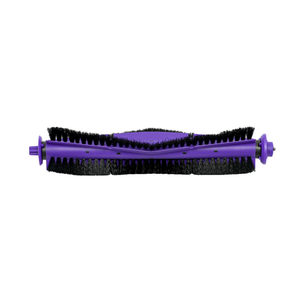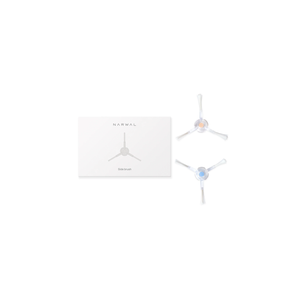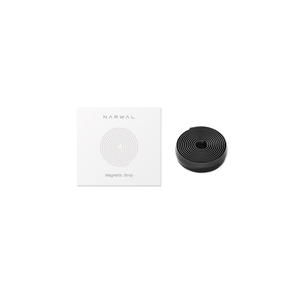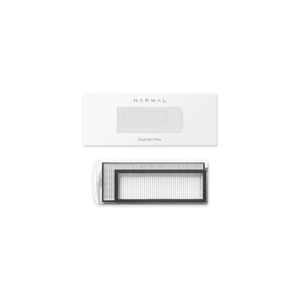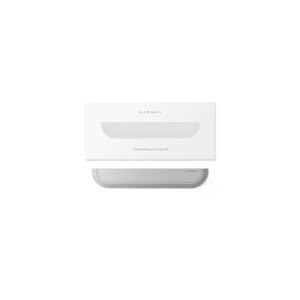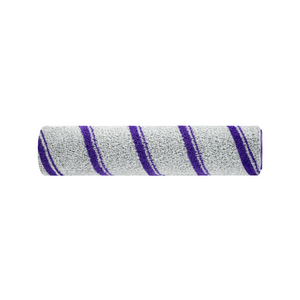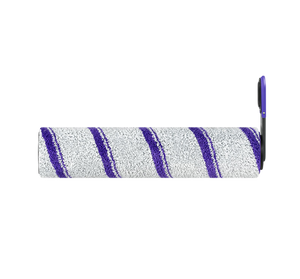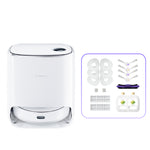Yes, most robot vacuums can cross thresholds with heights ranging from 0.24 inches (6 mm) to 0.79 inches (20 mm). However, performance depends on the robot's design, including wheel size, motor power, and ground clearance.
This article will guide you through how robot vacuums navigate thresholds, recommend the best models for tackling various heights, and provide tips on choosing the right vacuum for your home. We’ll also cover practical solutions if your vacuum struggles with high thresholds.
How Robot Vacuums Go Over Thresholds?
Robot vacuums cross thresholds by using large wheels, strong motors, and high ground clearance. These features allow the robot to climb over raised edges without getting stuck.
The wheels provide traction to grip the floor and push the robot upward. The motor supplies enough power to move the robot over the obstacle. A higher clearance prevents the body from dragging on the threshold.
Many models also adjust speed or angle automatically when they detect a threshold.
Can Robot Vacuums Go Over Cords?
Many robot vacuums cannot reliably go over cords. Cords are soft, uneven, and can get tangled in the brushes or wheels. Many models stop or change direction when detecting cords to prevent damage.
For homes with exposed cords, it is best to secure them or keep them away from the cleaning path. Or choose models that can detect and avoid cords.
Can robot vacuums go over uneven floors?
Most robot vacuums can handle slightly uneven floors. They adjust to small changes in height using flexible wheels and suspension systems. However, large gaps or sudden height changes may stop the robot or reduce cleaning performance.
Performance depends on the robot’s wheel size, motor power, and ground clearance.
Can robot vacuums go over thick rugs?
Thick rugs often act like a high threshold. Not all robot vacuums can cross them successfully, especially when the pile is soft and deep. Models with larger wheels, stronger motors, and higher ground clearance handle thick rugs better because they generate enough force to push upward without getting stuck. As a rule of thumb, rugs thicker than 15–20 mm are comparable to a robot vacuum threshold height challenge. Advanced robots also adjust suction and brush height automatically, which improves traction and cleaning on dense fibers. If your home has multiple thick rugs, choosing a vacuum with at least 20 mm climbing ability is essential.
Can robot vacuums climb ledges, lips, or room dividers?
Yes, but only within limits. A ledge, lip, or room divider is essentially a high threshold, and most robot vacuums can only handle heights up to about 20 mm (0.79 inches). Anything taller usually causes the machine to stall, lose traction, or stop entirely. For homes with higher barriers, you’ll need advanced models built with larger wheels, stronger motors, and greater ground clearance. For example, Narwal Flow can climb up to 40 mm (1.57 inches), making it one of the few robots able to cross balcony lips or room dividers smoothly without manual lifting.
Typical Threshold Heights by Model
After understanding how wheels, motors, and clearance affect performance, it helps to see the actual robot vacuum threshold height across popular models. This quick comparison shows which robots can cross standard door sills and which are designed for high thresholds.
|
Robot Vacuum Model |
Max Threshold Height |
Key Features for Climbing |
|
Narwal Flow |
1.6 in / 40 mm |
Extreme climbing ability, 22,000 Pa suction, AI obstacle avoidance |
|
Narwal Freo Z10 |
0.79 in / 20 mm |
Triangle mop, 15,000 Pa suction, self-cleaning base |
|
Narwal Freo Pro |
0.79 in / 20 mm |
8,500 Pa suction, AI DirtSense, DualFlow tangle-free system |
|
Ecovacs Deebot N10+ |
0.83 in / 21 mm |
Large wheels, strong motor, 4,300 Pa suction |
|
Entry-Level Models |
0.6–0.7 in / 15–18 mm |
Basic wheels and traction, limited climbing ability |
This table makes it clear: if you need the best robot vacuum for high thresholds, models like Narwal Flow stand out with their ability to climb up to 40 mm. For homes with average thresholds, 20 mm is usually enough, but choosing a robot vacuum that can climb high thresholds ensures smoother navigation across rooms.
Best Robot Vacuum That Can Go Over Threshold
When choosing the best robot vacuum that can go over the threshold, it is important to focus on specific strengths. Some models are designed for top mopping performance, others for handling the highest thresholds, and some for offering the best value for money. The following sections explain these options clearly.
Best for Mopping Performance

Narwal Freo Z10 can climb thresholds up to 0.79 inches (20 mm), allowing it to move smoothly between rooms with raised edges.
Its standout feature is its advanced mopping system.
The MopExtend and EdgeSwing technologies enable the mop to extend and swing, covering edges, corners, and toe kicks. Combined with 8N downward pressure, it effectively removes dirt from hard-to-reach areas. The spinning and scrubbing mops mimic manual scrubbing, making it highly effective on stubborn stains.
It also delivers strong vacuum performance with 15,000 Pa of suction, capturing over 99% of dust and hair on hard floors. The DualFlow Tangle-Free System prevents hair from wrapping around the brushes, making it suitable for homes with pets or long hair.
The self-maintaining base station further enhances convenience. Freo Z10 washes the mop with hot water, dries it with heated air, compresses dust, refills detergent automatically, and self-cleans after each use. Its smart sensors analyze dirt levels and adjust cleaning as needed, offering a fully automated experience with minimal user effort.
[cta:narwal-freo-z10-robot-vacuum-mop]
Best for Highest Threshold Climbing
Ecovacs Deebot N10+ can climb thresholds up to 0.83 inches (21 mm), making it ideal for homes with tall door sills or uneven flooring.
Its main strength lies in its powerful mobility.
The combination of large wheels, strong motor, and smart navigation allows it to cross high thresholds with ease. It also uses a floating main brush and an optional rubber brush, improving floor contact and deep cleaning performance.
In addition to threshold climbing, it offers 4,300 Pa suction power, a precise OZMO mopping system, and ultrasonic carpet detection.
The auto-empty station holds dust for months, reducing manual maintenance. With an antibacterial filter and dust bag, it also minimizes odors and allergens in the home. The extended battery life supports up to 330 minutes of cleaning per charge, covering large areas efficiently.
Best Value for Money

Narwal Freo Pro can climb thresholds up to 0.79 inches (20 mm), making it suitable for most homes with moderate door sills.
Its biggest advantage lies in its strong balance of features and price.
It delivers 8,500 Pa suction power, combined with dual high-pressure mops that scrub floors thoroughly. The robot uses AI DirtSense technology to detect dirt levels and continues cleaning until the floor is spotless. EdgeSwing technology ensures corners and edges are cleaned effectively, leaving no hidden dust behind.
What makes this model stand out is its tangle-free system.
The DualFlow Tangle-Free System prevents hair from wrapping around the brushes, making it ideal for homes with long hair or pets. The robot also lifts its mop automatically when it detects carpets, preventing wet messes.
The all-in-one base station offers full automation.
It handles mop washing, drying, dust compression, and even auto-refills detergent. It can store dust for up to seven weeks, reducing the need for frequent maintenance. Additionally, it runs quietly, navigates accurately with LiDAR 4.0, and supports app and voice controls for easy operation.
[cta:narwal-freo-pro-robot-vacuum-mop]
Best Robot Vacuum for High Thresholds and All-in-One Cleaning
Many homeowners ask, can a robot vacuum go over thresholds higher than the usual 0.8 inch. With Narwal Flow, the answer is yes. It is one of the best robot vacuums that can go over thresholds, climbing up to 1.6 inches (40 mm) — a true robot vacuum for high thresholds. This makes it perfect for homes with tall door sills, balcony lips, or uneven flooring.
Unlike most models limited by lower robot vacuum threshold height, Narwal Flow is a robot vacuum that can climb high thresholds while also offering next-level cleaning. It combines 22,000 Pa suction, a Dynamic EdgeReach mop that scrubs within 5 mm of walls, and a DualFlow tangle-free system that prevents hair wrapping.
For those who want an all-in-one solution, the Flow’s base station automates mop washing with hot water, dust compression, drying, and detergent refills. With its AI-powered obstacle detection, Narwal Flow ensures uninterrupted cleaning even in complex layouts — making it the best robot vacuum for high thresholds if you need both power and convenience.
[cta:flow-robot-vacuum-and-mop]
What Do Users Say About Robot Vacuums and Thresholds?
Most buyers want to know not just the specs, but whether robot vacuums actually work in real homes with door sills and floor transitions. Community feedback highlights a few consistent patterns:
- Crossing average thresholds works fine. Many users report that most modern models easily handle door sills around 0.6–0.8 inches without issues.
- High thresholds are still tricky. In forums, owners of older or entry-level models often mention getting stuck on thresholds above 1 inch, which interrupts cleaning.
- Premium models show clear advantages. Reviews on Reddit and tech communities frequently praise advanced designs—such as Narwal Flow, with its ability to climb up to 1.6 inches (40 mm)—as true corner-friendly and high-threshold robot vacuums.
- Floor transitions matter. Users note that robots sometimes slow down or adjust angles when crossing from tile to carpet. Models with auto mop-lifting features perform better in these scenarios.
By combining technical specs with real-world experiences, it’s clear that choosing the best robot vacuum that can go over thresholds means looking at both threshold height ratings and proven community results.
How to Choose a Robot Vacuum That Can Go Over Threshold?
To choose a robot vacuum that can go over threshold, you need to focus on the height of your thresholds and the robot’s core features. First, measure your thresholds carefully. Next, look for models with the right wheels, motor power, and clearance. Finally, make sure the robot matches your home layout for smooth cleaning.
- Measure Your Thresholds Correctly
Before buying a robot vacuum, measure the height of your thresholds. Use a tape measure to check the vertical distance from the floor to the top of the threshold. Measure in inches or millimeters for accuracy.
Be precise. Even small differences can affect performance. Some thresholds have rounded edges, which may help the robot climb more easily. Flat or sharp-edged thresholds are harder to cross.
Measure every doorway or area where you expect the robot to clean. This ensures you pick a model that can handle your home’s actual conditions.
- Prioritize the Right Features
When selecting a robot vacuum that can cross thresholds, focus on these key features:
-
Climbing Height Rating
Always check the product’s official maximum climbing height to ensure it meets your home’s needs.
-
Wheel Size and Traction
Larger wheels with rubberized surfaces help the robot climb more easily over raised edges.
-
Motor Power
A stronger motor provides the force needed to move the robot over high thresholds without stopping.
-
Ground Clearance
Higher clearance prevents the bottom of the robot from dragging on thresholds.
-
Mop Lifting Mechanism
Auto-lifting mop systems allow the robot to raise its mopping pads when crossing obstacles, preventing them from getting caught.
-
Obstacle Detection Sensors
Advanced sensors help the robot detect thresholds and adjust its speed or approach angle for smoother climbing. - Match the Robot to Your Home Layout
Your home layout directly affects which robot vacuum will work best. Start by thinking about how many thresholds exist and how your rooms are connected.
If your home has many separate rooms or multiple door thresholds, you need a robot with strong climbing ability and advanced navigation. This ensures smooth movement between rooms without getting stuck.
For homes with open layouts and fewer thresholds, climbing ability becomes less important. In these cases, you can prioritize other features like suction power or mopping efficiency.
Also consider these points when matching a robot to your space:
-
Floor Types:
If your home has a mix of hard floors and carpets, choose a robot with carpet detection and mop-lifting features to avoid wetting carpets.
-
Home Size:
Large homes benefit from robots with long battery life and detailed mapping.
Small homes may only need basic mapping but still require good climbing ability for any thresholds.
Solutions If Your Robot Vacuum Cannot Cross High Thresholds

If your robot vacuum cannot cross high thresholds, there are a few practical solutions to help. You can use a threshold ramp or apply DIY methods to create a smoother transition.
The following sections will discuss how ramps and custom fixes can solve the issue, ensuring better cleaning coverage across your home.
Use a Threshold Ramp
A threshold ramp is the simplest and most effective way to solve this problem. These ramps create a smooth incline, making it easier for the robot to move between rooms.
There are several types of threshold ramps available:
-
Rubber Ramps: These are flexible and easy to install. They provide good grip and can be removed or repositioned easily.
-
Aluminum Ramps: These ramps are more durable and often come with adhesive backing or screws for a fixed installation. They work well for permanent setups.
-
Wooden Ramps: Wooden ramps offer a more natural look that blends with hardwood floors. They can also be customized to match your home’s décor.
When choosing a ramp, measure the height and width of your threshold carefully. Make sure the ramp has a gentle slope to prevent slipping or blocking doors. In some cases, you may need ramps on both sides of a threshold to allow the robot to cross from any direction.
DIY Methods for Threshold Problems
If you prefer a low-cost or temporary solution, there are several do-it-yourself methods you can try.
One common option is to use low-pile rugs or mats to create a gradual slope. By placing them in front of the threshold, you reduce the height difference. This method works best for moderately high thresholds but may require occasional adjustment to keep the mats in place.
Some robots may have difficulty on thicker carpets or mats, so ensure your robot can handle the additional texture before relying on this method.
Another approach is to make a custom wooden ramp using basic tools and materials from a hardware store. You can cut a small wooden board to the needed size, sand the edges for safety, and attach it securely. This method offers better stability and a cleaner look than rugs.
For high thresholds, you can combine these methods. For example, use a thin wooden ramp under a low-pile rug to create an even smoother transition.
However, always consider safety. Avoid blocking doorways or creating tripping hazards. Also, make sure the robot’s sensors can still detect the ramp properly to prevent navigation issues.
Can robot vacuums go up ramps?
Yes, many robot vacuums can go up ramps as long as the incline is gentle and stable. A robot vacuum go up ramps solution is one of the most reliable ways to help machines cross tall thresholds. Rubber or wooden threshold ramps create a smooth slope that reduces the climbing angle, making it easier for the wheels to grip and the motor to push forward. When choosing a ramp, make sure it matches the threshold height of your home and has a non-slip surface for safe navigation.
|
Ramp Type |
Key Features |
Best Use Case |
Robot Vacuum Ramp Compatibility |
|
Rubber Ramps |
Flexible, easy to install, removable |
Temporary or rental homes |
Works well with most robot vacuums; provides good grip and safe incline |
|
Aluminum Ramps |
Durable, adhesive backing or screws for fixed setup |
Permanent solutions, heavy use |
Very stable for most robots, but slope angle must be checked |
|
Wooden Ramps |
Customizable, blends with décor |
Homes with hardwood floors |
Suitable for medium thresholds; requires precise build for smooth climbing |
Place ramps only after measuring your threshold height carefully. A proper fit ensures smoother climbing and avoids navigation errors.

Effective Solutions for Robot Vacuums to Go Over Thresholds
The right robot vacuum can easily solve high threshold challenges. With features like strong suction, ample clearance, and smart navigation, many models can cross thresholds and clean seamlessly across rooms.
Whether you're prioritizing mopping or climbing ability, consider your home’s layout and needs before making a choice.
For an all-in-one solution that handles thresholds and maintenance effortlessly, consider Narwal’s advanced cleaning technology. Its innovative design and user-friendly features offer a seamless, hands-free cleaning experience.











